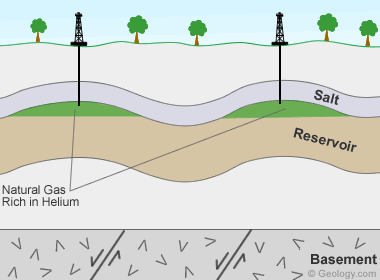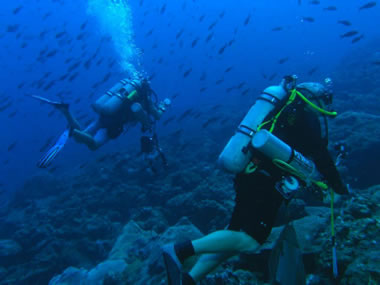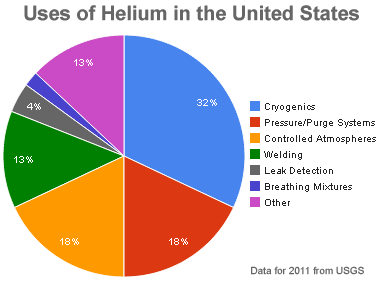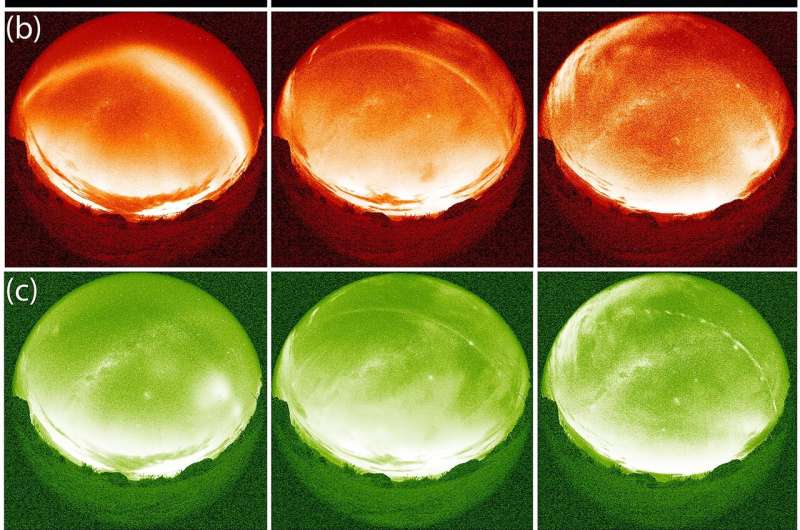Novel three-dimensional foam current collector developed for desalination
IMAGE: FIGURE 1. SCHEMATIC DIAGRAMS OF FLOW-ELECTRODE CAPACITIVE DESALINATION UTILIZING THREE-DIMENSIONAL FOAM CURRENT COLLECTOR FOR REAL SEAWATER DESALINATION. view more
CREDIT: ZHOU HONGJIAN
Flow-electrode capacitive desalination with three-dimensional foam current collector was developed for real seawater desalination by a research team from Institute of Solid State Physics, Hefei Institutes of Physical Science (HFIPS) of the Chinese Academy of Sciences.
The result was published in Water Research.
Flow electrode capacitive desalination (FCDI) technique, as a novel water treatment technology, has attracted great attention for seawater desalination. The traditional FCDI device suffers low charge transfer ability and unsatisfied salt removal rate. Therefore, there is an imperative demand to explore novel current collector for enhancing the charge transfer ability and electric field distribution of FCDI device.
Three-dimensional (3D) electric method has been considered as an effective solution to amplify charge transfer ability of FCDI device for saline water treatment. It increases the surface-to-body ratio of the flow-electrode chambers, which could greatly promote the charge transfer area and electric field distribution.
What the team proposed in this research is a 3D carbon-coated nickel foam to replace titanium mesh and graphite plate as a novel current collector for the enhancement of desalination performance in FCDI device.
The 3D foam current collector served as a charge conductor. Its intrinsic 3D interconnected open-pore structure was used as the flow channel to expand the charge transfer area and electric field distribution between current collector and carbon slurry.
Researchers simulate the electric field and flow field of carbon slurry in different pore size of 3D foam and 2D titanium mesh models in the three-dimensional electric field and computational fluid dynamics simulations.
They found that the charge transfer area of the 3D foam current collector was significantly larger than that of 2D planar current collector, which could enable more AC particles to be charged effectively, and improve the charge transfer ability and desalination performance of FCDI.
Moreover, the electrochemical measurements displayed that the charge transfer resistance was reduced obviously. The electrochemically active surface of 3D foam current collector was enlarged. And it displayed excellent salt removal efficiency.
This novel 3D foam-structured current collector provides a new strategy to enhance the charge transfer ability and overall desalination efficiency of FCDI device for seawater desalinization.
CAPTION
Figure 2. 3D electric field simulation of (a) 2D planar structured and (b) 3D foam-structured current collector; The charge transfer area of (c) 2D planar structured and (d) 3D foam-structured current collector.
CREDIT
ZHOU Hongjian
ARTICLE TITLE
Flow-electrode capacitive deionization utilizing three-dimensional foam current collector for real seawater desalination










